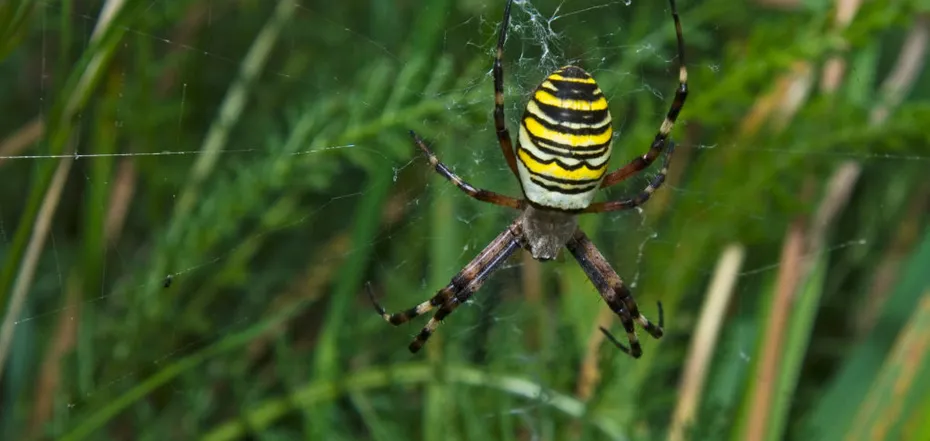
Scientists reveal the secret of spiders’ sense of smell that tormented them for 10 years
Although they live next to humans, spiders hide many more secrets. For more than 10 years, scientists have been wondering how these creatures perceive odors.
A new study has finally revealed this secret. It turned out that male spiders use olfactory hairs called pore wall sensillae on their legs as a “nose” to detect sex pheromones emitted by females, ScienceAlert writes.
Although the spiders, which evolved about 400 million years ago, are known for their sense of vibration and jumping spiders for their excellent eyesight, little was known about their sense of smell, experts say. There was a lot of evidence that spiders could detect odors such as sex pheromones, but how they did so was unknown.
Since spiders don’t have antennae like insects, scientists have been speculating about what their primary sense of smell is. And previous studies have shown that spiders lack pore wall sensillae, specialized structures that are responsible for smelling in insects.
Our study provided answers to these long-standing questions. Scientists have discovered previously forgotten sensilla on the legs of male wasp spiders or Argiope bruennichi and demonstrated that they can use them to detect sex pheromones in the air with high sensitivity.
Under the microscope
In the course of the study, the experts used high-resolution scanning electron microscopy. Scientists found thousands of wall-pore sensillae on all male spiders’ walking legs and specific features of these sensillae. They found that they differ from those of insects and other arthropods.
Interestingly, the wall-pore sensillae were found exclusively in adult male spiders, not in young males or females, which strongly suggests that they function in the search for a partner.
Evidence of neuronal activity
According to scientists, the tiger argyopa is one of the few spider species in which the chemical structure of the sex pheromone has actually been identified. Female spiders emit gaseous pheromones that attract males from a distance.
The results of the study show that spiders’ olfactory senses are incredibly sensitive, experts say. Thousands of sensillae on all the walking legs allow males to detect even the faintest traces of sex pheromones in the air.
Other species
The scientists also studied 19 additional species, covering 16 families of spiders. The experts found that stenopore sensors are found in most species.
According to the scientists, the new study paves the way for future discoveries about how spiders perceive the world through the sense of smell.


Comments (0)